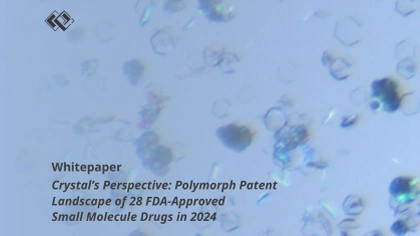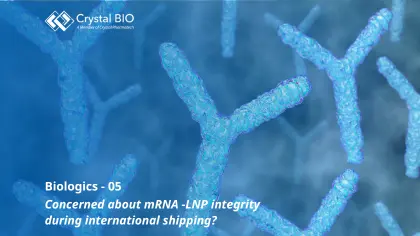11 Apr 2025
After completing molecule's basic benchwork and characterization, it is time to leverage powerful simulation software for in vitro-in vivo extrapolation.
Integrating in silico advancements into program will help consumer expedite timeline for CMC (chemistry, manufacturing, and controls) and dosing strategies. We can identify absorption risks in the early development and optimize preclinical and clinical dosing strategies.
Crystal pharmatech offers PBPK modeling and simulation consulting services using GastroPlus® software – the pharmaceutical industry's most sophisticated platform for the prediction of drug absorption and disposition in human and animal species. We can extrapolate in silico predictions for:
Solubility
pKa
Absorption
Metabolism
Transport
Shortening your clinical development timeline with in silico FIH dose selection and formulation optimization is possible and can improve the following:
Tissue-specific solubility (in vivo solubilities within different tissue environments)
Non-compartmental, analysis-based modeling
Algorithmic determination per species, formulation, and dosing route (oral and injectable)




